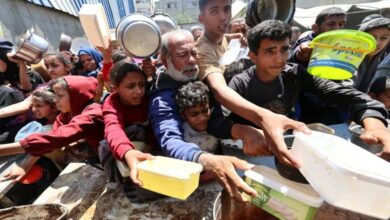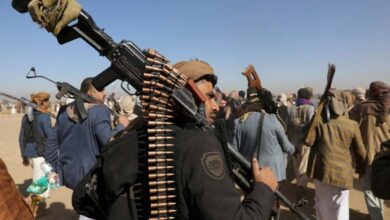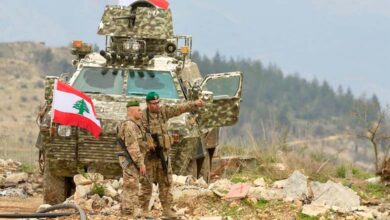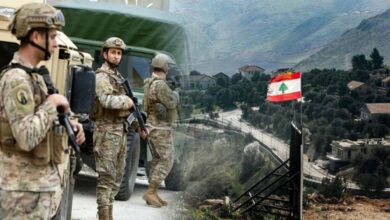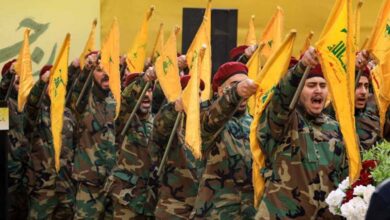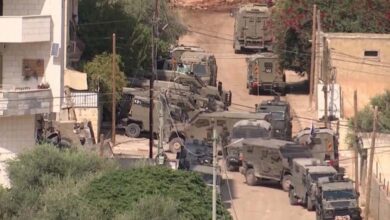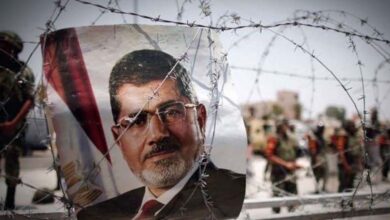How does Gaza prepare for Ramadan?

“How do you prepare for Ramadan?” If you had asked the residents of Gaza five months ago, they would have sweetly welcomed the holy month.
But today is different. The residents of Gaza, numbering 2.4 million, sincerely wish for Ramadan to be delayed, to alleviate the sorrows that turn their lives upside down. There are no family gatherings, no delightful meals, and no pure drinks.
The majority of them now reside in tents, schools, or in the open, as their homes have been leveled to the ground by the war since the outbreak of the Israeli war on October 7th last year.
All of this comes with a severe shortage of food supplies and the continuation of the suffocating blockade imposed by Israel on Gaza. Talking about Ramadan solutions is like digging into a bleeding wound, neither healing nor leaving it to heal on its own.
Iftar Meal:
If you ask about iftar, their food choices are limited, if not mostly absent, due to their scarcity and exorbitant prices.
The price of meat per kilogram reached $80 in some areas of Gaza.
A 25-kilogram bag of flour, which had been absent in some areas for months, reached nearly $1,000 in the northern part of the strip, after being sold for $16 before the war.
Similarly, rice, which used to be sold for less than a dollar per kilogram, is now sold for $16.
The same applies to vegetables and other food items, which have reached unimaginable prices they cannot afford.
In an attempt to endure hunger, a resident in the northern Gaza Strip, during the days of the siege, had to slaughter both of his horses to feed his children and neighbors.
Others, driven by hunger, resorted to eating tree leaves, plants, and animal feed.
For several months now, international institutions have been warning of a growing sense of despair among civilians in Gaza, with the United Nations saying that widespread famine is “almost inevitable” in the strip.
UN estimates indicate that 2.2 million people – the vast majority of Gaza’s population – are at risk of famine, especially in the northern areas around Gaza City.
“Family Gathering”:
And because Ramadan is a month for families to visit and reconcile, the scene in Gaza is different. War has changed traditions and destroyed tables and customs.
Instead of families gathering in each other’s homes, they may meet at the graves of deceased loved ones, who passed away during the war.
A previous option that might have been available during a ceasefire, otherwise, would be like a meeting in a dilapidated tent around a dish that neither satisfies hunger nor alleviates it.
Taraweeh Prayer:
It wasn’t just homes that Israel targeted, but also hundreds of mosques in the north, center, and south of the strip.
Faced with this scene, Palestinians find themselves forced to pray in their tents, classrooms, and inside the homes of relatives they have sought refuge with.
If a ceasefire is declared, many say they will pray amidst the rubble of destroyed mosques and homes.
Between these scenes, the people of Gaza, accustomed to the taste of difficulties, though bitter, write a new chapter of resilience and challenge.


